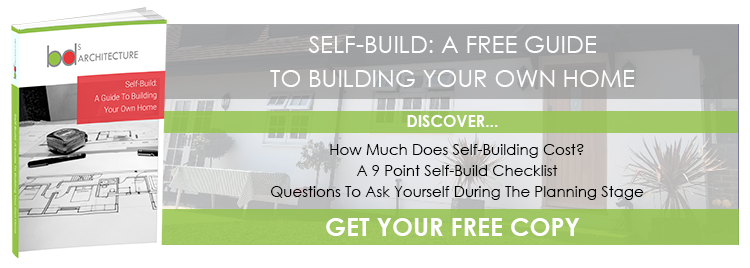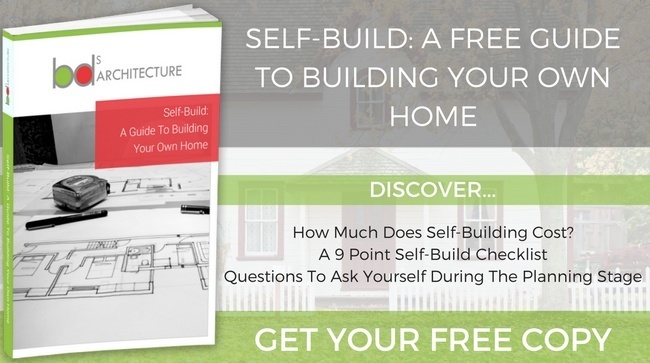
Planning permission is a requirement for anybody who intends to carry out developments or major improvements to existing structures. It is imperative that a self-build planning policy is watertight in order to gain planning permission prior to the commencement of any construction – however, the process can be confusing, particularly when different planning policy tiers are taken into account.
What Are Planning Policy Tiers?
When applying for planning permission, your self-build house plans must meet the approval of several policy tiers, which include:
• National planning
This government-endorsed guidance applies to all building developments in the country and generally ensures that buildings meet structural safety requirements.
• Sub-national planning
These policies are issued by the local council in accordance with other authorities, and consideration is given to the impact that any development might have on the area as a whole.
• Local planning
Your self-build homes planning policy is likely to face the most scrutiny under local planning laws. Planning permission is granted or denied based on the policies of the local district or its unitary council, who will consider how your development might impact or benefit the area, or whether it will cause issues with existing infrastructure or traffic flow.
• Neighbourhood planning
This relatively new planning tier provides towns, villages and streets with the power to control their own planning policies in addition to those already imposed by the higher tiers. It enables residents to have a say on whether they feel a development might have an impact on things like the overall ambience of the area, or whether a development will affect current residents.
The Importance Of Considering Each Planning Tier
Planning permission criteria takes into account how a new build will affect all persons with an interest in the proposed development site – not just the applicant. It’s therefore imperative for those interested in building their own home to make a considered effort to meet all criteria.
How Can Planning Policies Impact A Self-Build Project?
Before submitting your plans, it’s important to ensure that your proposal is environmentally sustainable and adheres to the character of the local area. For example, a brutalist, cubist post-modern building might face objections from concerned residents of a traditional Georgian hamlet for adversely impacting the landscape. By the same token, respect of local boundaries should be taken to ensure you aren’t encroaching on your potential new neighbours.
Access arrangements should also be considered. If your self-build could potentially affect public transport routes, local traffic flow or commercial access, chances are your application will be denied. Your proposed site may also require contamination testing to ensure it is safe for a domestic property build.
There are lots of things to take into consideration when submitting a planning application at all levels, and you might find it beneficial to request the services of an architectural consultant with the requisite expertise. This will help ensure your application meets all criteria and doesn’t breach any national or local planning laws. Contact us at BDS Architecture today to find out more.
Image source: Pixabay








